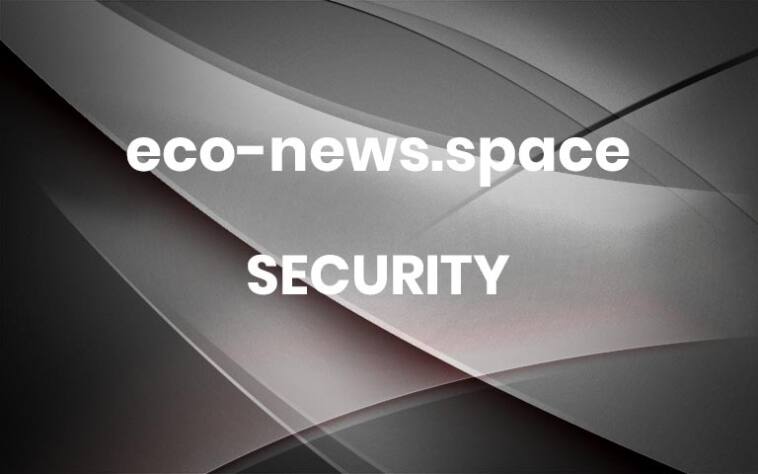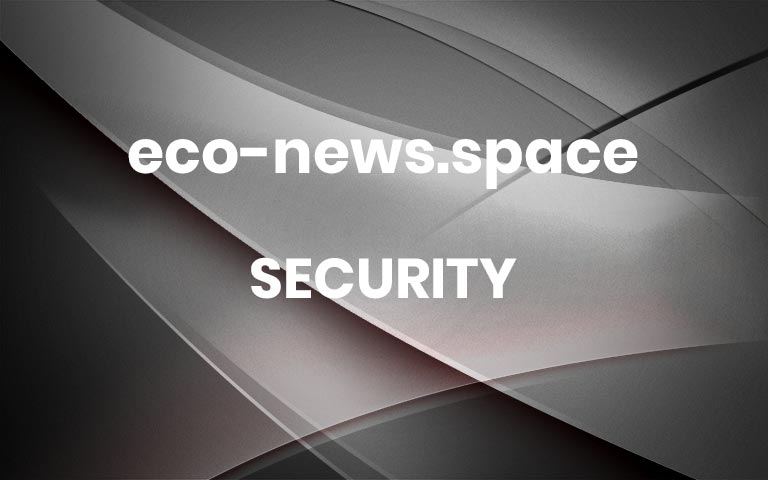MIT gears up to transform manufacturing
“Manufacturing is the engine of society, and it is the backbone of robust, resilient economies,” says John Hart, head of MIT’s Department of Mechanical Engineering (MechE) and faculty co-director of the MIT Initiative for New Manufacturing (INM). “With manufacturing a lively topic in today’s news, there’s a renewed appreciation and understanding of the importance of manufacturing to innovation, to economic and national security, and to daily lives.”Launched this May, INM will “help create a transformation of manufacturing through new technology, through development of talent, and through an understanding of how to scale manufacturing in a way that enables imparts higher productivity and resilience, drives adoption of new technologies, and creates good jobs,” Hart says.INM is one of MIT’s strategic initiatives and builds on the successful three-year-old Manufacturing@MIT program. “It’s a recognition by MIT that manufacturing is an Institute-wide theme and an Institute-wide priority, and that manufacturing connects faculty and students across campus,” says Hart. Alongside Hart, INM’s faculty co-directors are Institute Professor Suzanne Berger and Chris Love, professor of chemical engineering.The initiative is pursuing four main themes: reimagining manufacturing technologies and systems, elevating the productivity and human experience of manufacturing, scaling up new manufacturing, and transforming the manufacturing base.Breaking manufacturing barriers for corporationsAmgen, Autodesk, Flex, GE Vernova, PTC, Sanofi, and Siemens are founding members of INM’s industry consortium. These industry partners will work closely with MIT faculty, researchers, and students across many aspects of manufacturing-related research, both in broad-scale initiatives and in particular areas of shared interests. Membership requires a minimum three-year commitment of $500,000 a year to manufacturing-related activities at MIT, including the INM membership fee of $275,000 per year, which supports several core activities that engage the industry members.One major thrust for INM industry collaboration is the deployment and adoption of AI and automation in manufacturing. This effort will include seed research projects at MIT, collaborative case studies, and shared strategy development.INM also offers companies participation in the MIT-wide New Manufacturing Research effort, which is studying the trajectories of specific manufacturing industries and examining cross-cutting themes such as technology and financing.Additionally, INM will concentrate on education for all professions in manufacturing, with alliances bringing together corporations, community colleges, government agencies, and other partners. “We’ll scale our curriculum to broader audiences, from aspiring manufacturing workers and aspiring production line supervisors all the way up to engineers and executives,” says Hart.In workforce training, INM will collaborate with companies broadly to help understand the challenges and frame its overall workforce agenda, and with individual firms on specific challenges, such as acquiring suitably prepared employees for a new factory.Importantly, industry partners will also engage directly with students. Founding member Flex, for instance, hosted MIT researchers and students at the Flex Institute of Technology in Sorocaba, Brazil, developing new solutions for electronics manufacturing.“History shows that you need to innovate in manufacturing alongside the innovation in products,” Hart comments. “At MIT, as more students take classes in manufacturing, they’ll think more about key manufacturing issues as they decide what research problems they want to solve, or what choices they make as they prototype their devices. The same is true for industry — companies that operate at the frontier of manufacturing, whether through internal capabilities or their supply chains, are positioned to be on the frontier of product innovation and overall growth.”“We’ll have an opportunity to bring manufacturing upstream to the early stage of research, designing new processes and new devices with scalability in mind,” he says.Additionally, MIT expects to open new manufacturing-related labs and to further broaden cooperation with industry at existing shared facilities, such as MIT.nano. Hart says that facilities will also invite tighter collaborations with corporations — not just providing advanced equipment, but working jointly on, say, new technologies for weaving textiles, or speeding up battery manufacturing.Homing in on the United StatesINM is a global project that brings a particular focus on the United States, which remains the world’s second-largest manufacturing economy, but has suffered a significant decline in manufacturing employment and innovation.One key to reversing this trend and reinvigorating the U.S. manufacturing base is advocacy for manufacturing’s critical role in society and the career opportunities it offers.“No one really disputes the importance of manufacturing,” Hart says. “But we need to elevate interest in manufacturing as a rewarding career, from the production workers to manufacturing engineers and leaders, through advocacy, education programs, and buy-in from industry, government, and academia.”MIT is in a unique position to convene industry, academic, and government stakeholders in manufacturing to work together on this vital issue, he points out.Moreover, in times of radical and rapid changes in manufacturing, “we need to focus on deploying new technologies into factories and supply chains,” Hart says. “Technology is not all of the solution, but for the U.S. to expand our manufacturing base, we need to do it with technology as a key enabler, embracing companies of all sizes, including small and medium enterprises.”“As AI becomes more capable, and automation becomes more flexible and more available, these are key building blocks upon which you can address manufacturing challenges,” he says. “AI and automation offer new accelerated ways to develop, deploy, and monitor production processes, which present a huge opportunity and, in some cases, a necessity.”“While manufacturing is always a combination of old technology, new technology, established practice, and new ways of thinking, digital technology gives manufacturers an opportunity to leapfrog competitors,” Hart says. “That’s very, very powerful for the U.S. and any company, or country, that aims to create differentiated capabilities.”Fortunately, in recent years, investors have increasingly bought into new manufacturing in the United States. “They see the opportunity to re-industrialize, to build the factories and production systems of the future,” Hart says.“That said, building new manufacturing is capital-intensive, and takes time,” he adds. “So that’s another area where it’s important to convene stakeholders and to think about how startups and growth-stage companies build their capital portfolios, how large industry can support an ecosystem of small businesses and young companies, and how to develop talent to support those growing companies.”All these concerns and opportunities in the manufacturing ecosystem play to MIT’s strengths. “MIT’s DNA of cross-disciplinary collaboration and working with industry can let us create a lot of impact,” Hart emphasizes. “We can understand the practical challenges. We can also explore breakthrough ideas in research and cultivate successful outcomes, all the way to new companies and partnerships. Sometimes those are seen as disparate approaches, but we like to bring them together.” More





